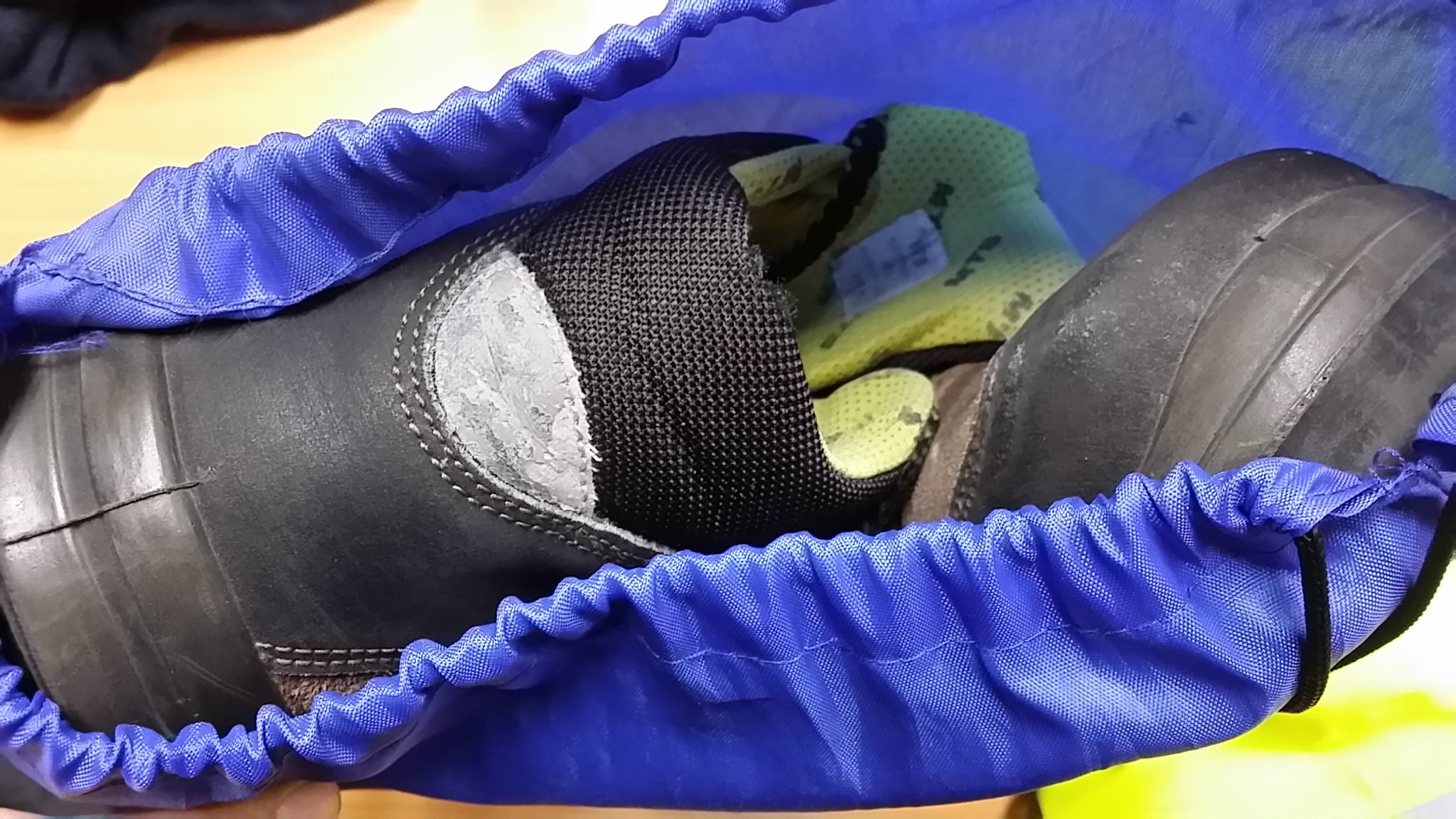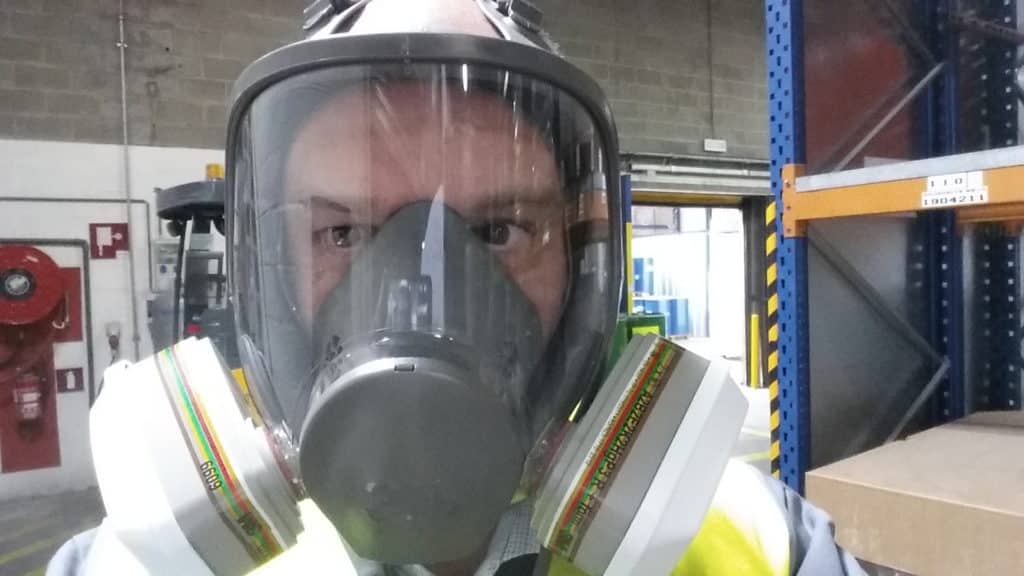Assignment Examples

I have worked for a variety of companies and sectors including: Air France Industries, Airbus, Airbus Helicopters, l’Ange Michel, Biotalys, Chicago Tools, CPAM, EDF, ENEDIS, Le Nid des Aidants 85, L’Oréal, MAIF, Mandalia Music, Seris, St Gobain Foams, Robovision, Hoffmann La Roche…
These customers are spread across different European countries.
You will find here some examples of assignments in the form of case studies in sectors as varied as the pharmaceutical, chemical, aeronautical, biotechnology and medical-social industries. I apply and adapt all my offers and methods to suit these sectors.
Pharmaceutical industry - Consulting
Deciding in the pharmaceutical industry can cost millions, so how can you improve decision-making?

I joined a multidisciplinary team as head of social sciences. Part of the team focused on data analysis for decision-making and how best to use artificial intelligence to make simple decisions. Another part of the team focused on individual behaviour: how to identify our cognitive biases and get to know us better so that we can make decisions based on an understanding of who we are.
> My part focused on complexity and how to make decisions in complex areas where cause and effect do not exist (Covid example).
I created an internal methodology based on the work of Dave Snowden and his Cynefin model, which enables everyone to find their bearings in the decision-making context and then choose the most appropriate decision-making tools. For complex contexts, I have proposed decision-making tools that are emergent and involve customers and stakeholders. I also developed face-to-face and remote training courses and games to give employees a better understanding of the Cynefin model.
As a team, we worked on a number of pilot cases, and I worked with one team in particular. I supported the manager in using the systemic approach to change his posture and thus address the human issues in his team.
CONCLUSION / BENEFITS OF THE ASSIGNMENT:
The creation of a structure for taking decisions in a complex context with a methodology for seeking the views of people affected by decisions and who would not normally be consulted. This structure makes it possible to really understand what is at stake in the decision and to take the most relevant action, while assessing the evolution of trends and weak signals.
A team that’s doing well, refocused on its mission, and performing better!
Chemical industry - Continuous Improvement
Implementing a World Class Manufacturing (WCM) approach, but that’s not all…

Going into the field means seeing what’s really going on for the men and women who work there, in other words putting on their (safety) shoes and working conditions.
Biotechnologies - Management consulting
Managing polarities

Two different professions and ways of thinking that don’t understand each other and that each try to pull the other towards their own comfort zone and way of working.
I worked for a biotech start-up, at the strategic and systemic level. There were two very polarised and conflicting internal groups. One culture in the scientific team was based around the factual, the demonstrable, the certainty, and the other in the commercial team was based on risk-taking, opportunities and intention.
I noticed that they had a lot of polarities to deal with, but they were trying to solve them as problems. Once the diagnosis had been made, I trained them in polarities management, and we did a full-scale exercise to map the two cultures and see that they were two aspects of the same thing. Everyone saw only the disadvantages of the opposite pole to their preference. We looked at how to make the most of the advantages of each position and this unblocked the situation.
CONCLUSION / BENEFITS OF THE ASSIGNMENT:
When faced with a problem, we often do more of the same. In this case, it was creating more tension between the teams, to the point of pushing some people to leave.
Validating everyone’s position and the way they worked and giving them a perspective on the advantages of the opposite polarity, helped to smooth things over, reassure them and allow them to take a step aside. Coupled with the recruitment of a manager capable of acting as a link between these two communities, this intervention helped to restore serenity and focus energies on product research.
Industrial machines manufacturer - Management Consulting & Training
Perfomance management training

Whatever the product, there are always people behind it.
In family-run businesses or small to medium size companies, people in management positions often don’t benefit from the same training budget as those in large groups. They find themselves doing their best, and some conversations are difficult, particularly those with their staff about performance. I came in as a trainer to explain the basics of performance-based management to the management committee. It was an action training course spread over several weeks. After each module, the participants had to put the concepts they had learned into practice with their teams and report back on their successes and difficulties at the next session. We explored what they needed to put in place to talk about performance: a clear framework, relevant objectives linked to everyone’s work and drawn up with the people involved. CONCLUSION / BENEFITS OF THE ASSIGNMENT: Each member deployed his or her objectives in his or her department while maintaining cohesion at plant level in order to achieve the year’s ambitious objectives. The participants learned how to create a cascade of objectives and put in place the conditions to create and manage the performance of their teams.Industrie Aéronautique - Accompagnement Managérial
Aerospace industry – Management Consulting

I’m lucky enough to be able to see industrial processes up close, but I also have a duty to keep them confidential. I’m not showing you photos of the magnificent parts of this production unit, but rather an ancestor.
Social care sector – Management Consulting
From team building to strategic coaching

Coaching the coaches of coaches! We all need help sometimes.
